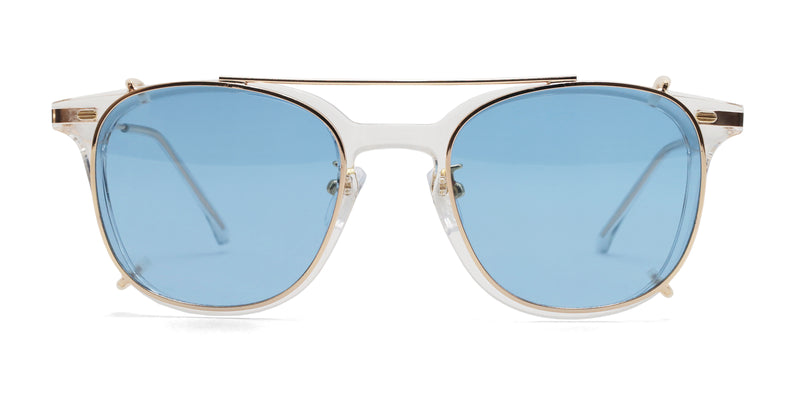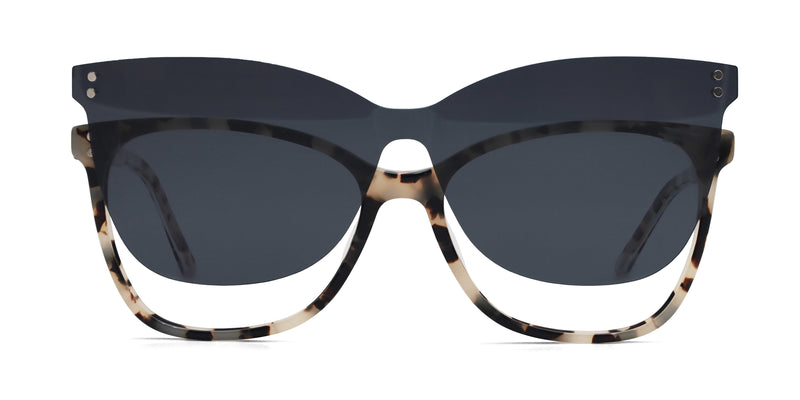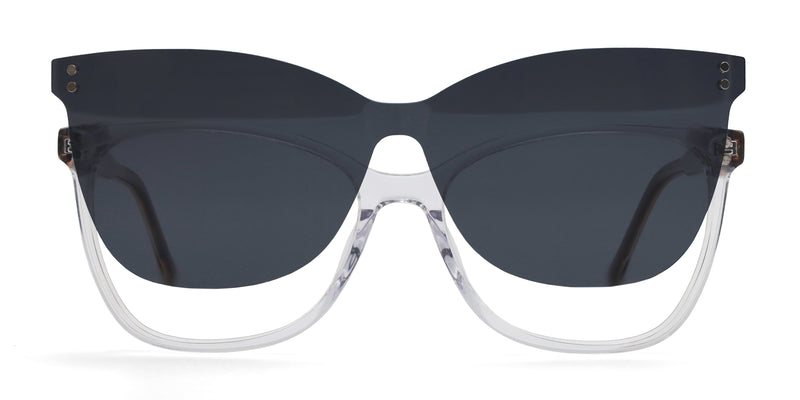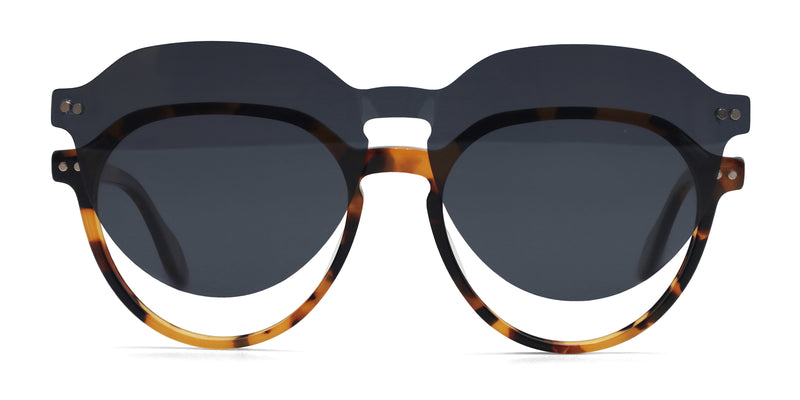Why Can’t We Look at the Sun?
Many of us have been warned to not look directly at the sun.
But is it true that doing so can cause blindness?
Despite its alluring beauty, the sun should not be taken lightly, and it’s essential to understand why looking at it can be so dangerous.
Let’s explore why looking at the sun can be harmful and what to do if you make this mistake.
Will looking at the sun make me go blind?
Direct exposure to the sun’s intense light can cause significant damage to the eye due to high levels of UV radiation and infrared light.
This can overwhelm the delicate structures of the eye, resulting in various potential issues.
Looking directly at the sun, even briefly, can result in several short-term consequences affecting your eyes and vision.
One example is photokeratitis, which is also known as “sunburn of the cornea,” is an inflammatory condition of the cornea that occurs due to exposure to the sun’s UV radiation.
Brief exposure to the sun’s intense light can also cause mild solar retinopathy.
This may cause blurry vision, central vision loss, or other visual disturbances. These symptoms are usually temporary and can resolve on their own with time.
Besides that, staring at the sun can cause afterimages or “ghost” images, which are visual disturbances that persist after looking away from the bright light source. These afterimages are typically temporary and fade after a short period.
You may experience increased sensitivity to light, making it uncomfortable to be in bright environments or to look at other light sources.
The sun’s intense light can also irritate the eye’s sensitive structures, leading to eye pain, itching, or a burning sensation.
Extended exposure to UV radiation is linked to more severe eye disorders such as cataracts, which cause a clouding of the eye’s natural lenses and lead to blurry or dimmed vision.
If left untreated, cataracts can progress to blindness.
It also increases one’s risk of developing age-related macular degeneration, which is a significant cause of vision loss in older adults.
This progressive eye disease causes damage to the macula — a part of the retina is responsible for central vision.
The severity of sun-related eye damage depends on factors such as exposure duration, sunlight intensity, and individual eye sensitivity.
What to do if you have looked at the sun
If you experience discomfort, pain, or changes in your vision after looking at the sun, seeking medical attention is crucial.
Like any other medical condition, getting ahead of any potential vision problems by taking action early on is vital to a better prognosis.
Qualified medical professionals such as optometrists and ophthalmologists can evaluate your eyes and provide appropriate guidance.
The following recommendations can help manage the after-effects of looking at the sun and minimize further damage:
1. Avoid further sun exposure
As much as possible, protect your eyes by staying indoors.
If you need to go out, wear polarized sunglasses and avoid direct sun exposure during peak hours.
This is generally between 10:00 a.m. and 4:00 p.m., when the sun’s UV rays are the strongest.
2. Use eye drops
Using over-the-counter lubricating eye drops can alleviate dryness and irritation that arise due to sun exposure.
However, it’s important to carefully follow the instructions on the packaging and seek medical advice if your symptoms persist or worsen.
3. Rest your eyes
Give your eyes a break by resting them and avoiding activities that require intense visual focus, such as reading or using electronic devices.
Doing this can alleviate eye strain and aid in the healing process.
4. Seek medical attention
As mentioned, you must consult a medical professional if you experience discomfort, pain, or vision changes after looking at the sun.
A trusted optometrist or ophthalmologist can provide a thorough evaluation and recommend appropriate treatments based on the extent of the damage.
Protecting your eyes from overexposure to the sun
Now that you’re aware of the risks and side-effects of exposing your eyes to the sun, you also need to know how to protect your eyes to maintain their health and reduce the risks of sun-related eye damage.
1. Stay indoors during peak sun hours
It is advisable to refrain from outdoor activities during the sun’s most intense hours, which are typically between 10 a.m. and 4 p.m.
2. Use shade structures
When outdoors, seek shade under trees, umbrellas, or other shade structures.
This can help protect your eyes and skin from direct sunlight and reduce the risk of sun-related damage.
3. Wear sunglasses
Wear sunglasses with full UVA and UVB protection while outside, preferably with the capacity to block 99-100% of these types of rays.
It’s also a good idea to choose wraparound sunglasses, which provide additional protection by blocking sunlight from entering the sides of the glasses.
Looking for a hassle-free way to switch between your prescription glasses and sunglasses? Clip-on sunglasses are the answer.
They have tinted lenses that clip onto your regular prescription glasses, allowing you to switch between them easily.
Here are some clip-on sunglasses we recommend:
Tim is a pair of lightweight and flexible clear frames that offer optimum eye protection with their simple clip-on design, making them easy to use.
The Swift’s tortoiseshell design has a stylish look that never goes out of season.
You’ll also be able to wear it for a long time, thanks to the pair’s durable, lightweight, and impact-resistant plastic material.
We also have another pair of chic tortoiseshell clip-on sunglasses in an oval silhouette. Mascot is made of acetate, making it sturdy and extra durable.
4. Opt for transition lenses
Also known as photochromic lenses, transition lenses are designed to adjust their tint automatically in response to changing light conditions.
These lenses can provide a convenient solution for individuals wearing prescription eyeglasses, as they darken in sunlight and return to a clear state.
Look for a pair that offers 100% UVA and UVB protection.
Final thoughts on sun protection for your eyes
To recap, overexposure to the sun can lead to various eye conditions, such as solar retinopathy and cataracts, and in some cases, permanent vision loss.
If you have looked at the sun and are experiencing discomfort or vision loss, seeking medical attention and following the recommended after-care treatment are essential.
To protect your eyes from sun damage, it’s necessary to avoid sun exposure during peak hours, seek shade when outdoors, and wear high-quality sunglasses or transition lenses with 100% UVA and UVB protection.
By putting your eyes first when you head outdoors, you safeguard your vision and keep it healthy for much longer.
By extension, having healthy and protected eyes will improve your overall well-being.

Written by:
Angie Garcia






































